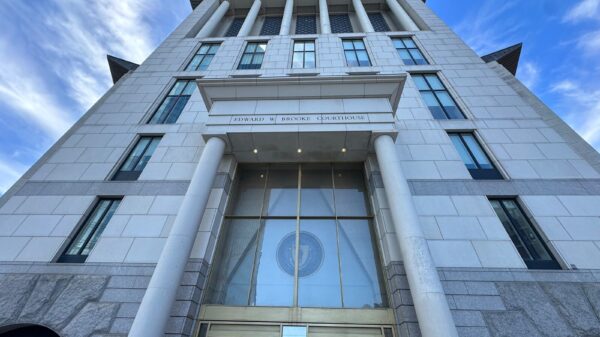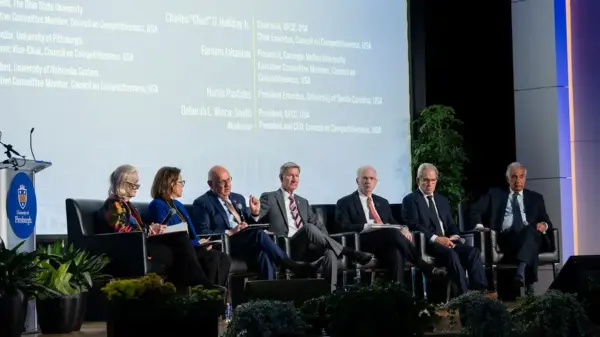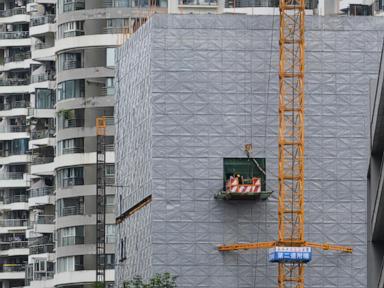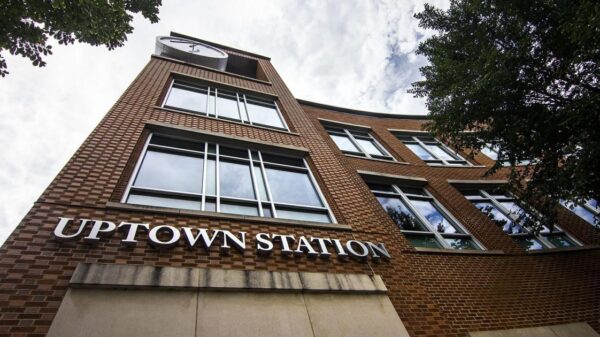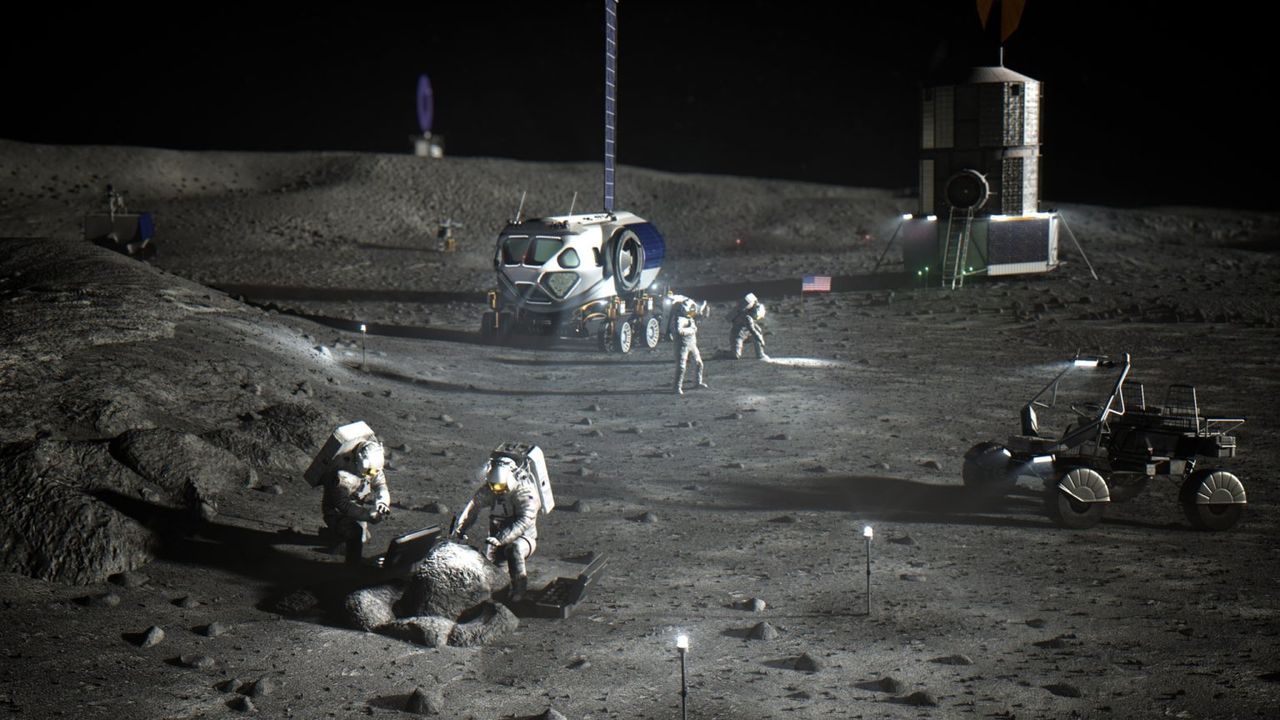NASA is gearing up for its ambitious Artemis moon missions, with plans to send astronauts to the lunar surface within the next few years. The agency’s focus is not just on lunar exploration but also on preparing for human missions to Mars. This vision was articulated by Jacob Bleacher, chief exploration scientist at NASA, during a virtual workshop on September 10, 2023.
The Artemis program aims to establish a sustainable human presence on the moon, moving beyond the short two- to three-day missions of the Apollo era. Bleacher emphasized, “We have learned from going to the moon in the past with Apollo, but we’re really on a different trajectory here.” He noted the importance of learning how to live and operate away from Earth in preparation for future Mars missions.
Building a Foundation for Future Missions
The recent workshop sought input from scientists and community participants to identify candidate landing sites with the highest scientific potential for Artemis missions. Factors under consideration include the evolution of planetary bodies and the processes affecting lunar regolith, as well as objectives in fields like solar science and physical sciences.
NASA’s understanding of the South Pole-Aitken basin, where Artemis astronauts will land, has significantly advanced over the last decade. This area is considered a high priority based on both the 2013 and 2023 planetary decadal surveys, which outline recommended space missions based on scientific objectives.
Artemis 4 is set to launch no earlier than 2028, contingent upon the progress of preceding missions. Currently, NASA has yet to send astronauts on any Artemis mission, although the crew for the upcoming Artemis 2 mission, scheduled for April 2026, is preparing for launch. This mission will see astronauts orbit the moon before Artemis 3 aims for a lunar landing in 2027, pending the readiness of SpaceX’s Human Landing System.
Longer Lunar Missions and Commercial Partnerships
During the Artemis 4 mission, astronauts will spend six days on the moon’s surface, returning lunar soil samples to Earth and conducting up to four extravehicular activities (moonwalks) as far as 1.2 miles (2 km) from the lander. The precise landing site is still under consideration, with plans to focus on the moon’s south pole region. This area is believed to contain ice and other essential minerals that could support future missions.
Bleacher expressed the need for not only infrastructure to support extended lunar stays but also for incentives that encourage commercial partnerships. He stated, “What we’re trying to understand is, what do we — NASA, the United States government — need to put in place that welcomes and encourages that partnership?”
The Artemis program, which includes participation from numerous nations through the Artemis Accords, aims to establish a framework for deep space exploration while returning astronauts to the moon. Following the uncrewed Artemis 1 mission in 2022, which successfully orbited the moon, Artemis 2 will mark the first crewed flight of the program.
As NASA advances its plans, the agency remains focused on the long-term goal of human exploration beyond the Moon, laying the groundwork for missions to Mars and beyond.

